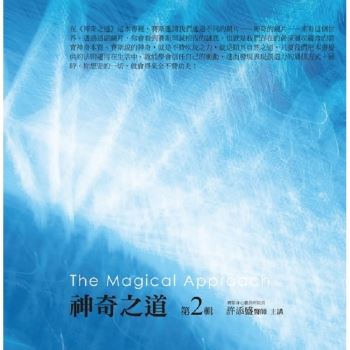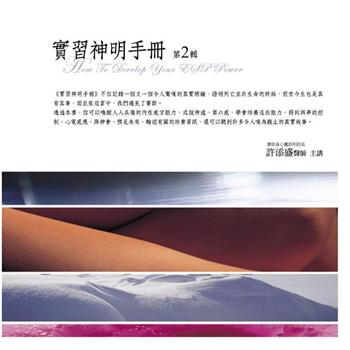The overarching goal of this study is to investigate how syntactic, semantic, and pragmatic factors interact to produce what is called the Internally Headed Relative Clause construction in Korean and Japanese. This study shows that the construction s interpretation is determined by both grammatical factors and pragmatic factors. In addition, two sources of the semantic variability of the construction are isolated. The analysis advanced here establishes important connections between the semantics of a definite description and event structure, thereby solving the particularly challenging formal-linking problem, one that afflicts the previous E-type pronoun analyses. It also provides a constrained but flexible interpretive mechanism for the construction, eliminating the need for many of the extra-grammatical constraints that characterize existing treatments."
| FindBook |
有 1 項符合
Event Structure and Internally-Headed Relative Clauses: A View from Korean and Japanese的圖書 |
 |
Event Structure and Internally-Headed Relative Clauses: A View from Korean and Japanese 作者:Kim、Min-jo 出版社:VDM Verlag Dr. Mueller E.K. 出版日期:2008-10-13 語言:英文 規格:平裝 / 244頁 / 22.9 x 15.2 x 1.3 cm / 普通級 |
| 圖書館借閱 |
| 國家圖書館 | 全國圖書書目資訊網 | 國立公共資訊圖書館 | 電子書服務平台 | MetaCat 跨館整合查詢 |
| 臺北市立圖書館 | 新北市立圖書館 | 基隆市公共圖書館 | 桃園市立圖書館 | 新竹縣公共圖書館 |
| 苗栗縣立圖書館 | 臺中市立圖書館 | 彰化縣公共圖書館 | 南投縣文化局 | 雲林縣公共圖書館 |
| 嘉義縣圖書館 | 臺南市立圖書館 | 高雄市立圖書館 | 屏東縣公共圖書館 | 宜蘭縣公共圖書館 |
| 花蓮縣文化局 | 臺東縣文化處 |
|
|
圖書介紹 - 資料來源:博客來 評分:
圖書名稱:Event Structure and Internally-Headed Relative Clauses: A View from Korean and Japanese
|











